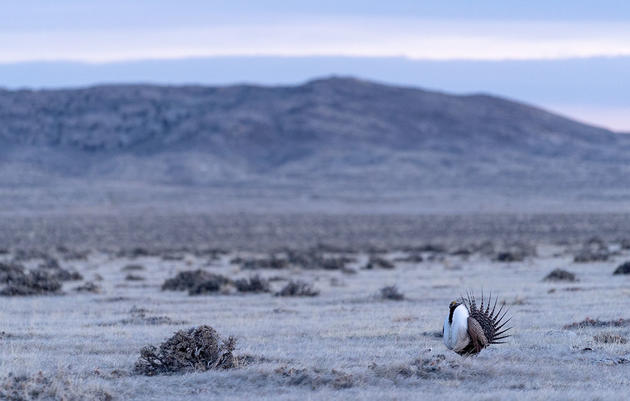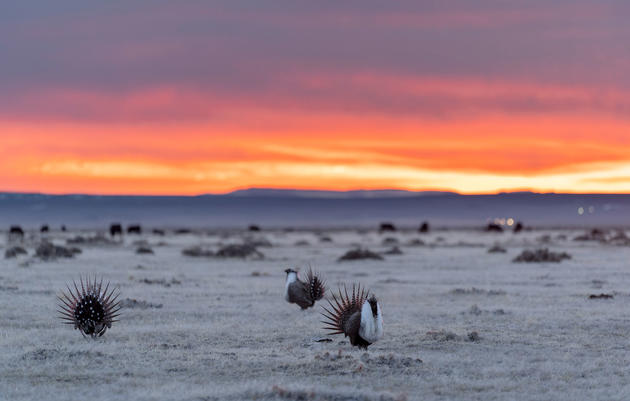Ignoring the Multiple Use Mandate
The Bureau of Land Management (BLM) is tasked with managing approximately 245 million acres of public land and an additional 700 million acres of sub-surface minerals (including oil and gas). These lands, owned by every American, are supposed to be managed for the greatest good, over the greatest amount of time under the BLM’s multiple-use mandate. Unfortunately, while oil and gas is one of these multiple uses, this administration has ignored the BLM’s vital mandate in favor of a single-use of public lands: oil and gas development. Following its “energy dominance” agenda, driven by a March 2017 Presidential Executive Order, the BLM has offered more than 24 million acres for lease, adding five million acres to the 25.5 million acres now held by the industry.
Side Effects of Leasing for Oil and Gas Development
Even though fewer than 13 million acres are actually being developed right now, all of the leased lands (roughly four and a half Yellowstone National Parks) remain at risk and can’t be actively managed for agriculture, recreation, wildlife, cultural preservation, and conservation. When a parcel of public land is leased for oil and gas development, the company has a right to develop the resources for at least 10 years, preventing the dedication of those lands to other uses.
Whether or not a lease is ultimately developed, the simple act of leasing makes energy development a management priority for that land, regardless of other existing resources. The BLM treats a lease, regardless of whether or not it is likely to be developed, as a barrier to actions or management policies that could benefit other uses. As a result, an undeveloped lease can prevent the BLM from moving forward on rangeland improvement activities to create better forage for livestock and better wildlife habitat.
Sustainable economic activities other than oil or gas development can generate greater economic activity. However, the vast majority of BLM lands—even those with low or no potential for development—remain available for leasing regardless of the potential for resource conflict. Because these lands are cheap and low risk, they are often leased by companies purely on speculation, as has been documented across the West.
Leasing on low or no potential lands not only prevents the BLM from fulfilling its multiple-use mandate but also keeps the BLM from generating sufficient income in return. Recent lease sales have seen a significant increase in leasing in high-value wildlife habitat, generally precluding the most effective management that could benefit wildlife, while only getting rock-bottom prices.
A Better Path Forward
Greater Sage-Grouse habitat has been subject to a disturbing increase in leasing during this administration, despite commitments to prioritize oil and gas leasing and development outside of the sagebrush steppe habitat that supports hundreds of species across the West. This practice must stop, and the BLM must return to a better path forward towards true and honest multiple-use management where all uses and values are carefully considered. As in the case of the 2015 Sage-Grouse Management Plans, multiple-use can and should encompass conserving a species across its range.









